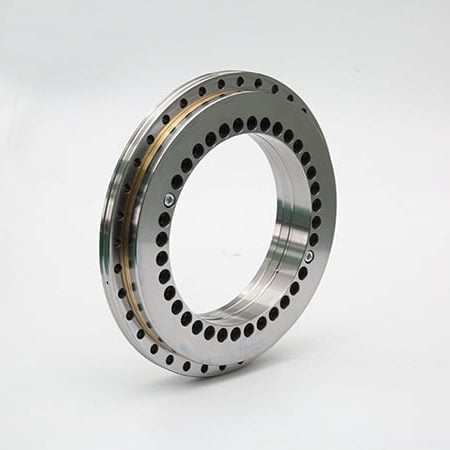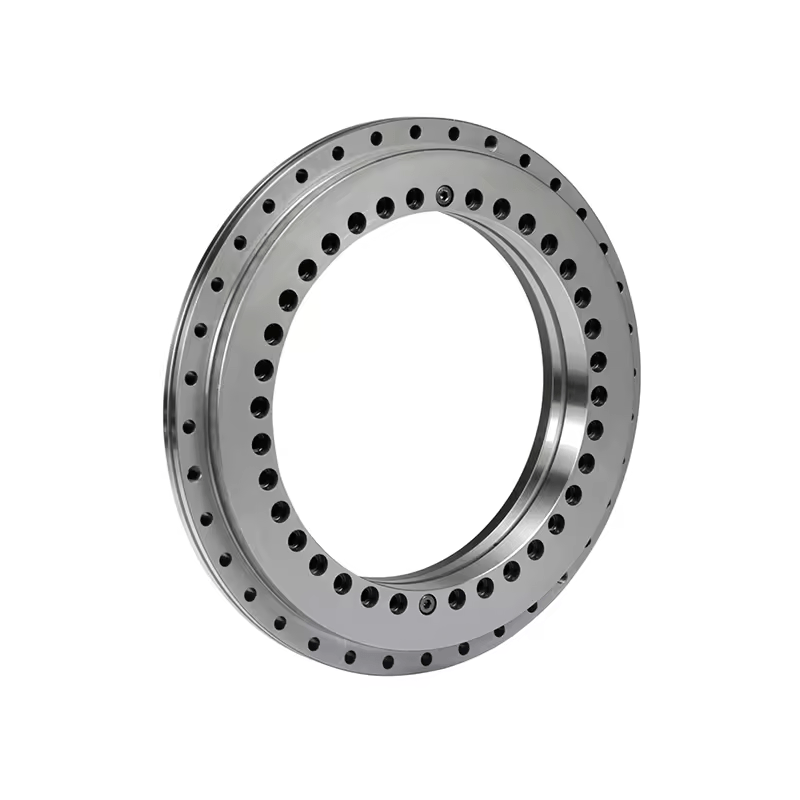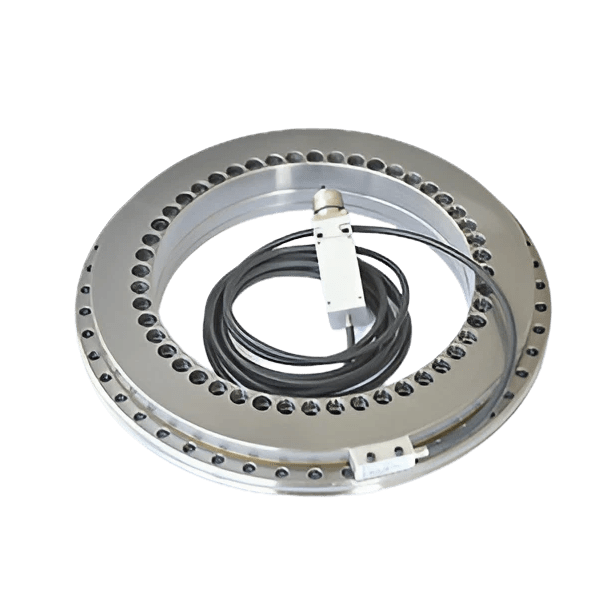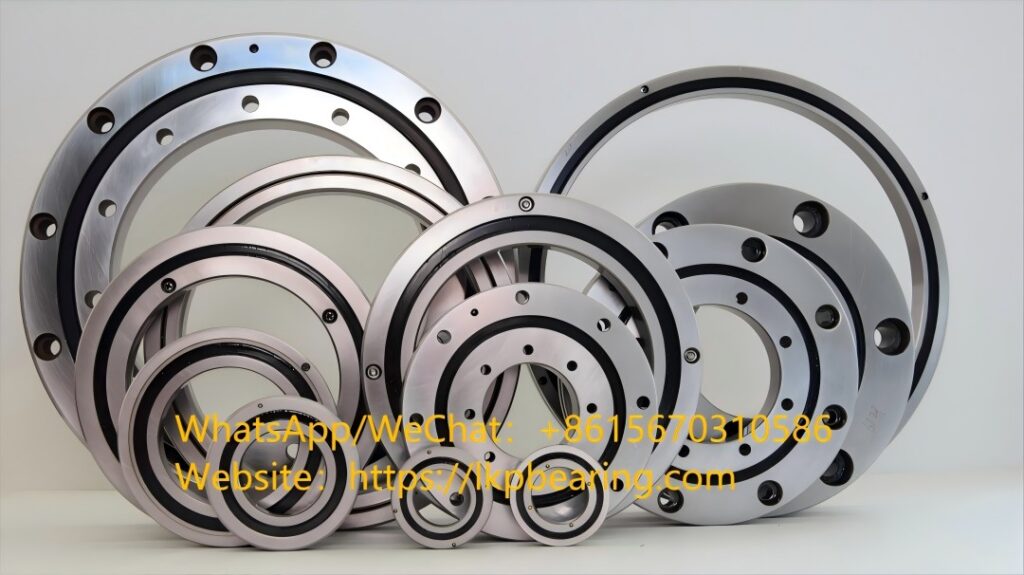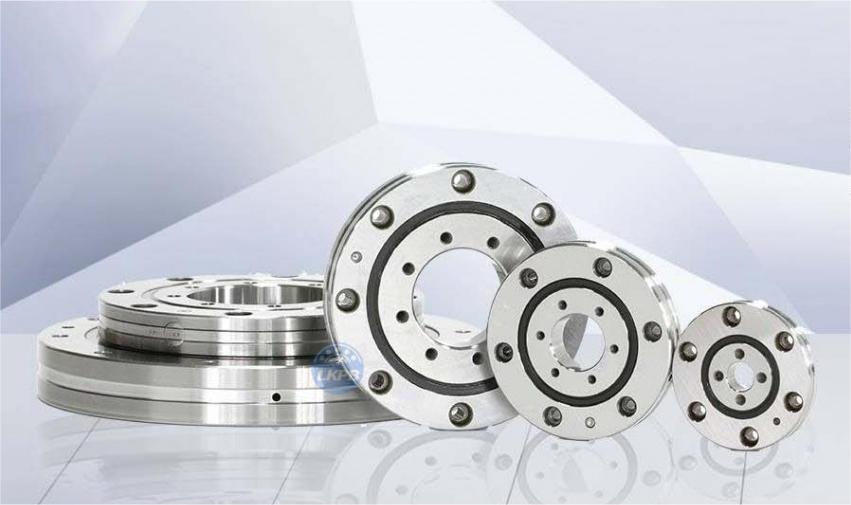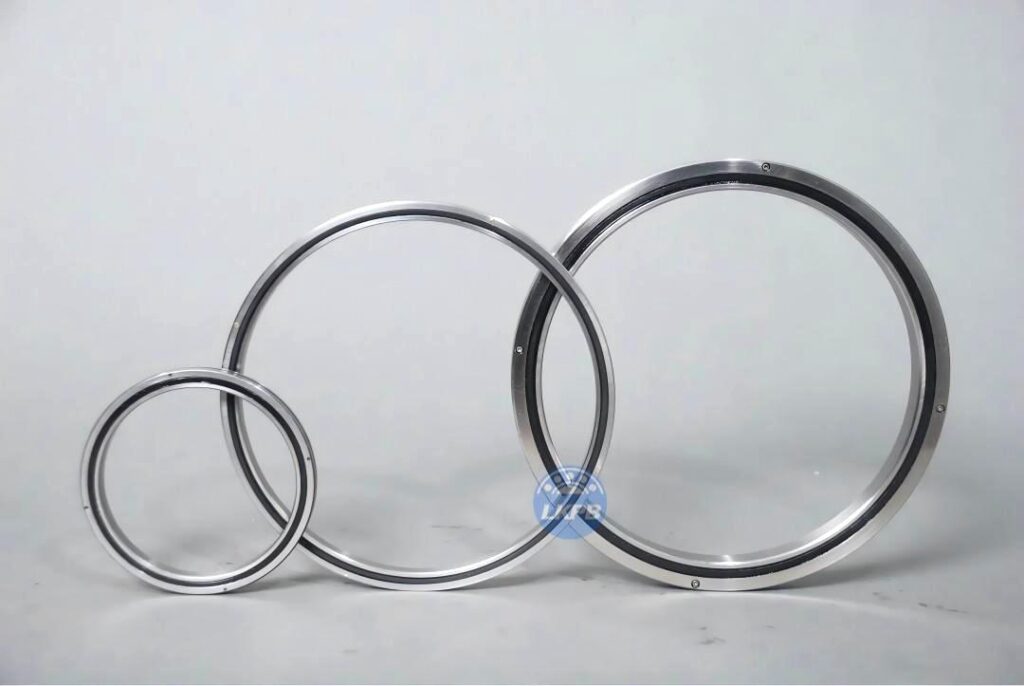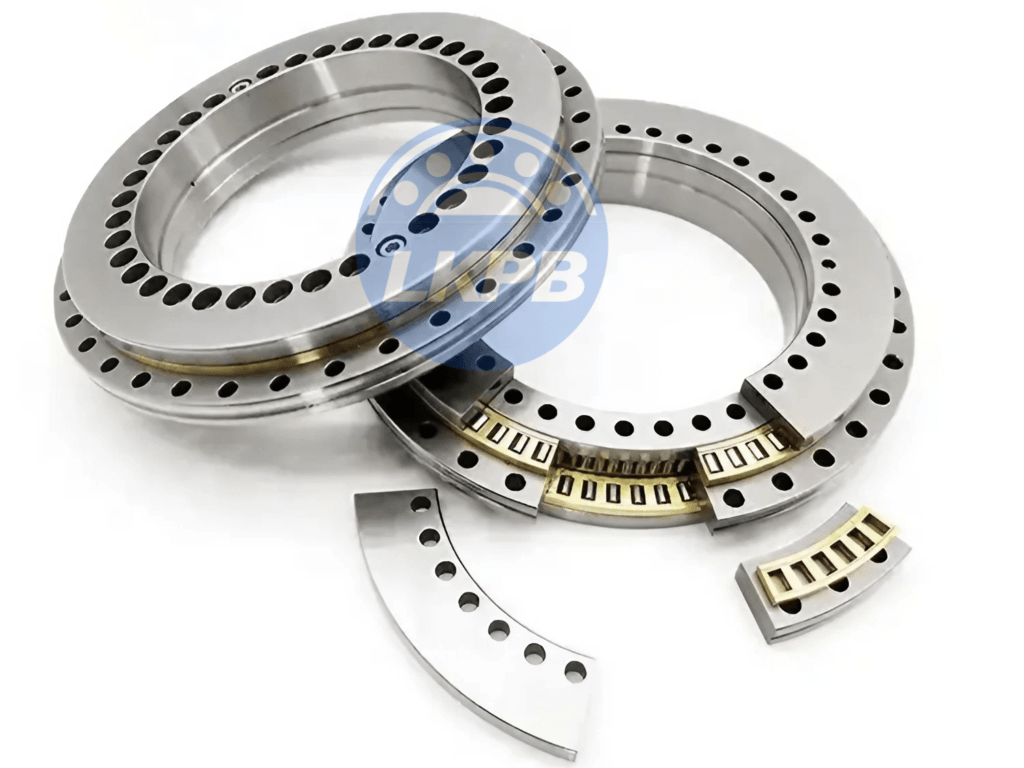When it comes to rotating heavy loads with precision and efficiency, two critical components come to mind: the Rotary Table Bearing and the Turntable Bearing. These mechanical marvels have revolutionized various industries, from manufacturing to construction, by enabling seamless rotational motion. In this article, we will delve into the key differences between Rotary Table Bearings and Turntable Bearings, shedding light on their distinct features and applications.
What is a Rotary Table Bearing?
A Rotary Table Bearing is a specialized type of bearing designed to support axial, radial, and moment loads while facilitating smooth rotary motion. It comprises a compact design with a large diameter, allowing for high load-bearing capabilities. The raceway of a Rotary Table Bearing is engineered to withstand complex forces, making it suitable for applications involving heavy machinery and equipment.
Key features of Rotary Table Bearings:
- High load capacity
- Compact design
- Axial, radial, and moment load support
- Smooth rotary motion
- Ideal for heavy-duty applications
Applications of Rotary Table Bearings:
- Machine tools (CNC machines, milling machines, etc.)
- Robotics and automation systems
- Construction machinery
- Aerospace industry
What is a Turntable Bearing?
A Turntable Bearing, also known as a slewing ring bearing, is a specialized bearing designed primarily to support axial loads by providing a low-friction rotational interface between two components. Unlike Rotary Table Bearings, Turntable Bearings are larger in size and are particularly useful in applications where 360-degree rotation is required.
Key features of Turntable Bearings:
- Low-friction rotational interface
- Designed for axial load support
- 360-degree rotation capability
- Larger size compared to Rotary Table Bearings
- Suitable for slow-speed applications
Applications of Turntable Bearings:
- Cranes and lifting equipment
- Excavators and earth-moving machinery
- Solar tracking systems
- Military equipment (radar systems, missile launchers, etc.)
Rotary Table Bearing vs Turntable Bearing: A Comparison
a. Load Capacity: Rotary Table Bearings excel in supporting both radial and axial loads, offering a higher load capacity compared to Turntable Bearings. On the other hand, Turntable Bearings are designed primarily for axial load support and may not be as suitable for heavy radial loads.
b. Size and Compactness: Rotary Table Bearings are compact and can fit into relatively smaller spaces, making them ideal for applications with limited installation space. Turntable Bearings, due to their larger size, require more space for installation.
c. Rotational Capability: While both bearings offer smooth rotational motion, Turntable Bearings are specifically designed for continuous 360-degree rotation. Rotary Table Bearings, although capable of rotation, may not be optimized for constant full-circle motion.
d. Application-specific Suitability: The choice between Rotary Table Bearings and Turntable Bearings depends on the specific requirements of the application. For heavy-duty machinery involving diverse loads, Rotary Table Bearings are preferred. On the other hand, Turntable Bearings are better suited for applications requiring continuous axial rotation.


